Mumbai's Majestic Landmarks Unveiled
Join us for a free walking tour through Mumbai's iconic sites, revealing the city's rich history and vibrant culture at every turn.
Time
3 Hours
Stops
9 Places
Distance
4.3 km
Gateway of India
Start your tour at the iconic Gateway of India, a magnificent arch monument that serves as a symbol of Mumbai's grandeur and its colonial past.
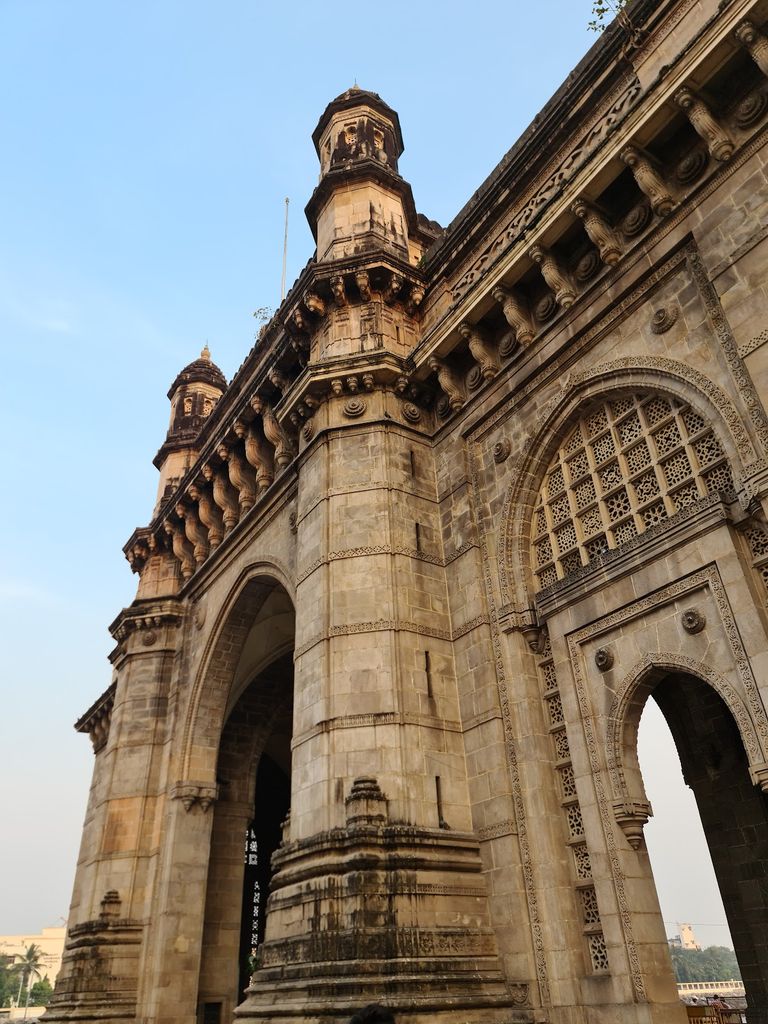
Gateway of India (Source: Google Maps)
The Gateway of India is a monumental arch located on the waterfront in Apollo Bunder, South Mumbai. Built in 1924, it commemorates the visit of King George V and Queen Mary to India in 1911. The structure, designed by George Wittet, combines Hindu and Muslim architectural styles, featuring intricate latticework and a stunning view of the Arabian Sea. It served as a crucial point for the arrival of dignitaries and was historically significant during the British Raj. Today, it stands as a symbol of Mumbai's rich heritage and is a popular gathering place for both locals and tourists, often bustling with activity and surrounded by vendors, offering a lively atmosphere.
Taj Mahal Palace Hotel (exterior view)
Just opposite the Gateway of India, admire the stunning architecture of the Taj Mahal Palace Hotel, a historic luxury hotel that has hosted many notable guests since 1903.
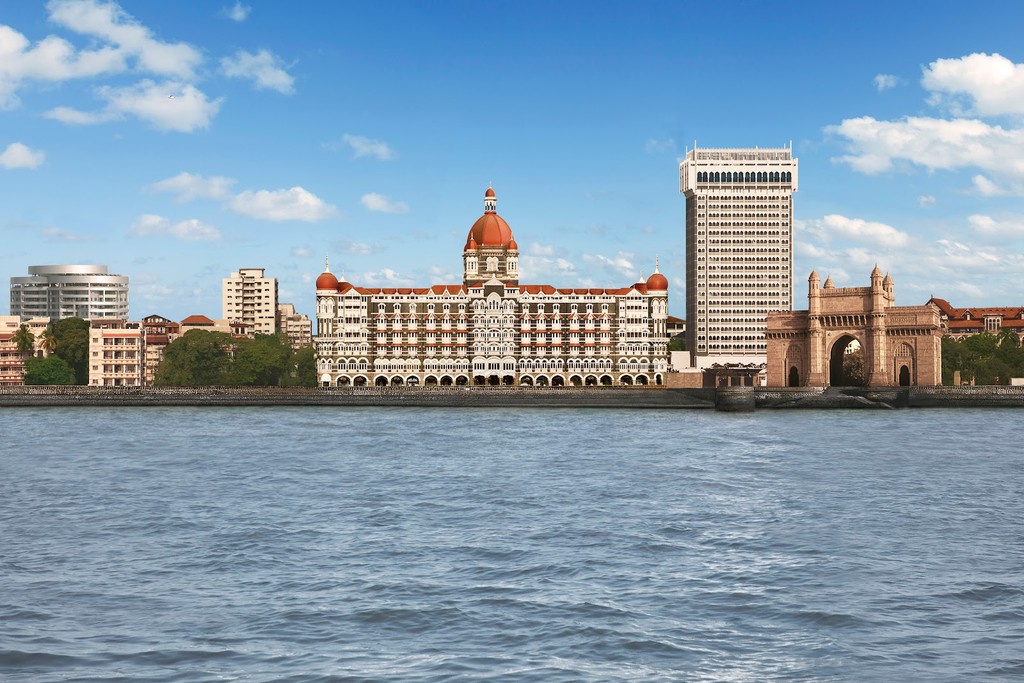
Taj Mahal Palace Hotel (exterior view) (Source: Google Maps)
Colaba Causeway
Walk along Colaba Causeway, a bustling street market known for its eclectic shops, vibrant atmosphere, and a glimpse into the daily life of Mumbai.
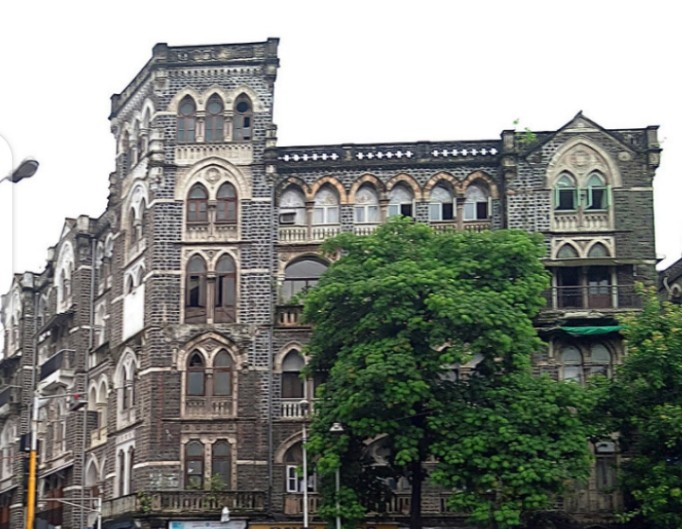
Colaba Causeway (Source: Google Maps)
Colaba Causeway is a bustling street market and a vibrant hub in Mumbai, renowned for its eclectic mix of shops, restaurants, and street vendors. This lively promenade reflects the city's vibrant culture and offers a glimpse into the daily lives of Mumbaikars. The market is famous for its unique handicrafts, vintage clothing, and quirky souvenirs, attracting both locals and tourists. Additionally, the Causeway is lined with colonial-era buildings that add to its charm, making it a popular spot for photography. Visitors can enjoy street food delicacies while soaking in the lively atmosphere. The Colaba Causeway is not just a shopping destination but a cultural experience that showcases the essence of Mumbai.
University of Mumbai (Fort Campus)
Explore the University of Mumbai's Fort Campus, featuring the beautiful Rajabai Clock Tower and a blend of Gothic and Indian architectural styles.
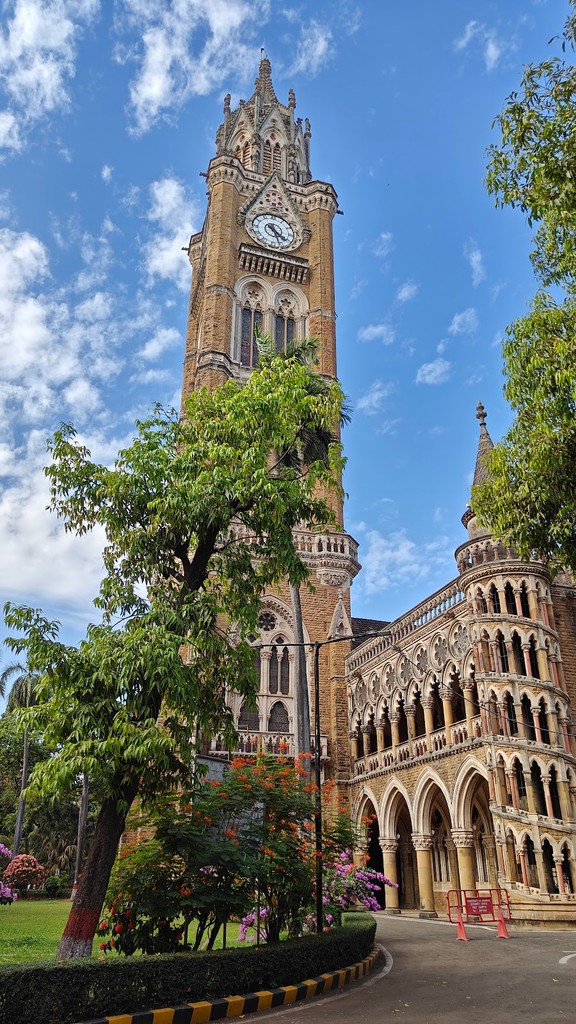
University of Mumbai (Fort Campus) (Source: Google Maps)
The University of Mumbai's Fort Campus, established in 1857, is a historic educational institution known for its stunning architecture and rich academic heritage. The campus features the iconic Rajabai Clock Tower, designed in the Venetian Gothic style, which stands as a symbol of the university. The intricate detailing and grandeur of the buildings reflect a blend of Gothic and Indian architectural influences. The campus is home to numerous departments and a vast library that houses invaluable manuscripts and books. The Fort Campus has played a significant role in shaping Mumbai's intellectual landscape, producing notable alumni who have contributed to various fields. Its serene environment and historical significance make it a fascinating place to explore.
Bombay High Court (exterior view)
Marvel at the Gothic Revival architecture of the Bombay High Court, an imposing structure that stands as a testament to Mumbai's legal history.
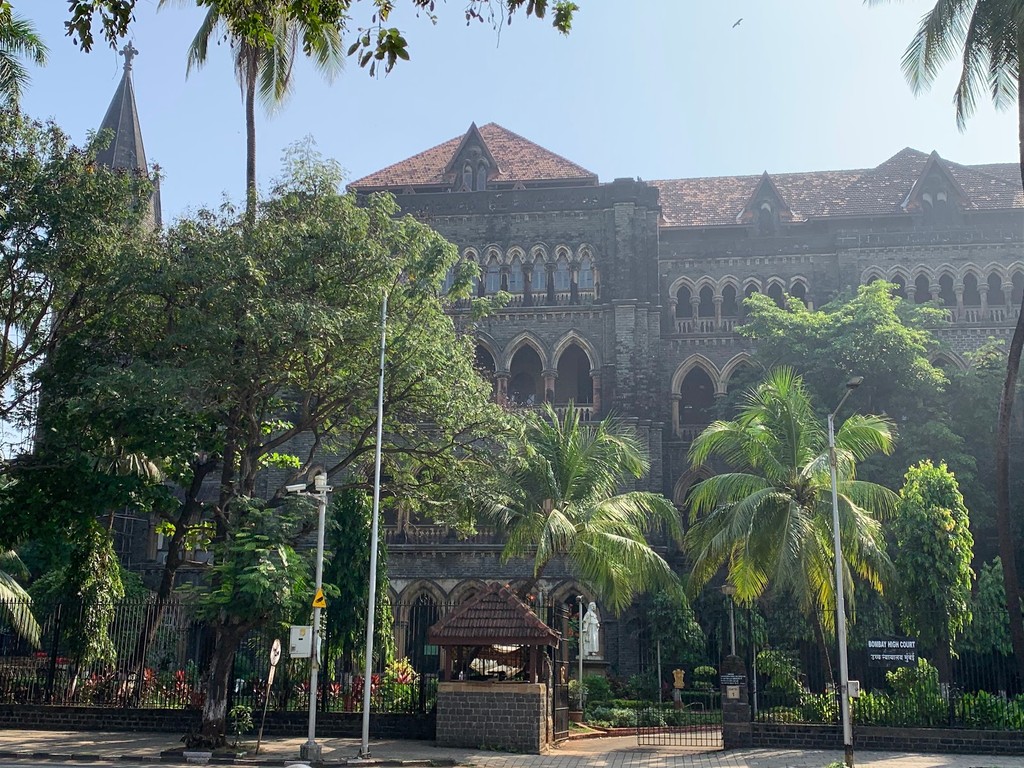
Bombay High Court (exterior view) (Source: Google Maps)
St. Thomas Cathedral
Head to St. Thomas Cathedral, the first Anglican church in Mumbai, showcasing beautiful colonial architecture and a serene atmosphere.
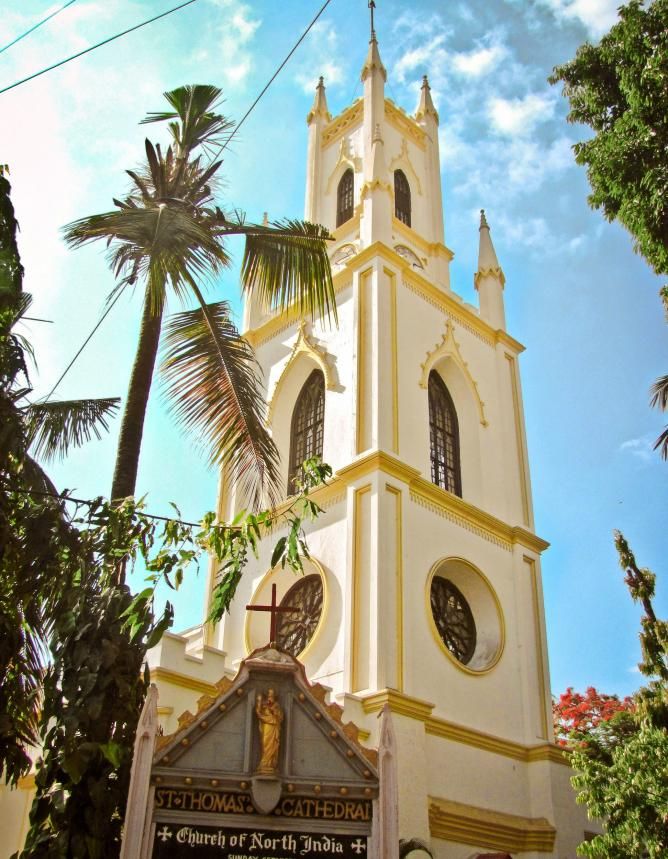
St. Thomas Cathedral (Source: Google Maps)
St. Thomas Cathedral, consecrated in 1718, is the first Anglican church in Mumbai and a fine example of colonial architecture. The cathedral's design features a beautiful blend of Gothic and neo-Gothic styles, with elegant stained glass windows and a serene interior. It is home to several notable memorials and tombs, including those of prominent British officials and local figures who played a significant role in Mumbai's history. The tranquil atmosphere of the cathedral provides a stark contrast to the bustling city outside, making it a peaceful retreat for visitors. St. Thomas Cathedral continues to be an active place of worship and a significant cultural landmark, reflecting the rich religious heritage of Mumbai.
Horniman Circle Gardens
Enjoy a peaceful stroll through Horniman Circle Gardens, a green oasis in the heart of the city surrounded by impressive 19th-century buildings.
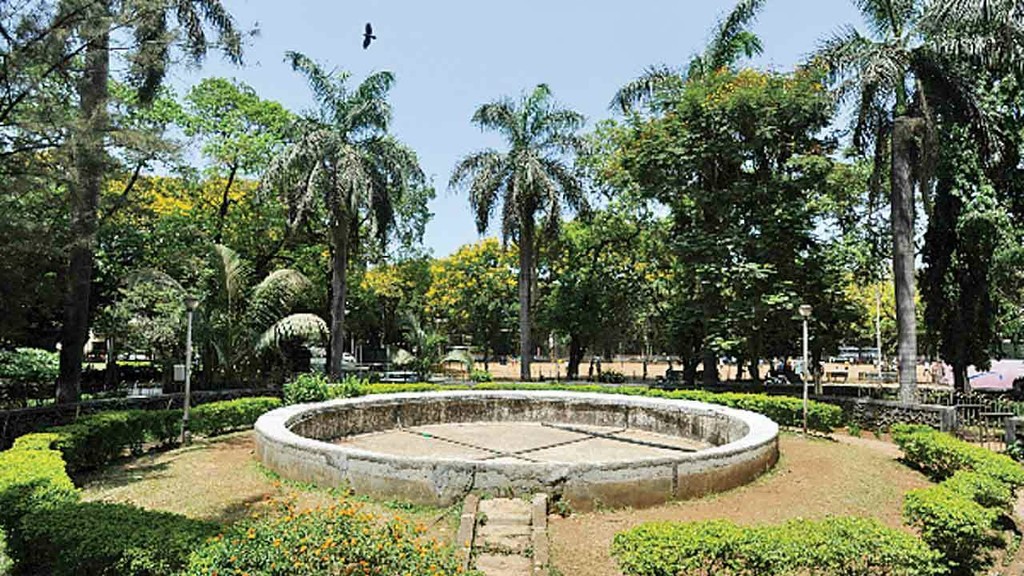
Horniman Circle Gardens (Source: Google Maps)
Horniman Circle Gardens, established in 1842, is a picturesque park located in the heart of Mumbai's Fort district. Surrounded by impressive 19th-century buildings, this green oasis offers a serene escape from the hustle and bustle of the city. The gardens are named after the famous British journalist and social reformer, Horniman, and feature lush lawns, palm trees, and a variety of flowering plants. The park is a popular gathering spot for locals, offering a space for relaxation, leisurely strolls, and cultural events. The gardens also host several statues and monuments that commemorate significant figures in Mumbai's history. Horniman Circle Gardens serve as a reminder of the city's colonial past while providing a peaceful retreat for visitors.
Asiatic Society of Mumbai
Visit the Asiatic Society of Mumbai, a grand neoclassical building housing a library and a rich collection of manuscripts and artifacts.
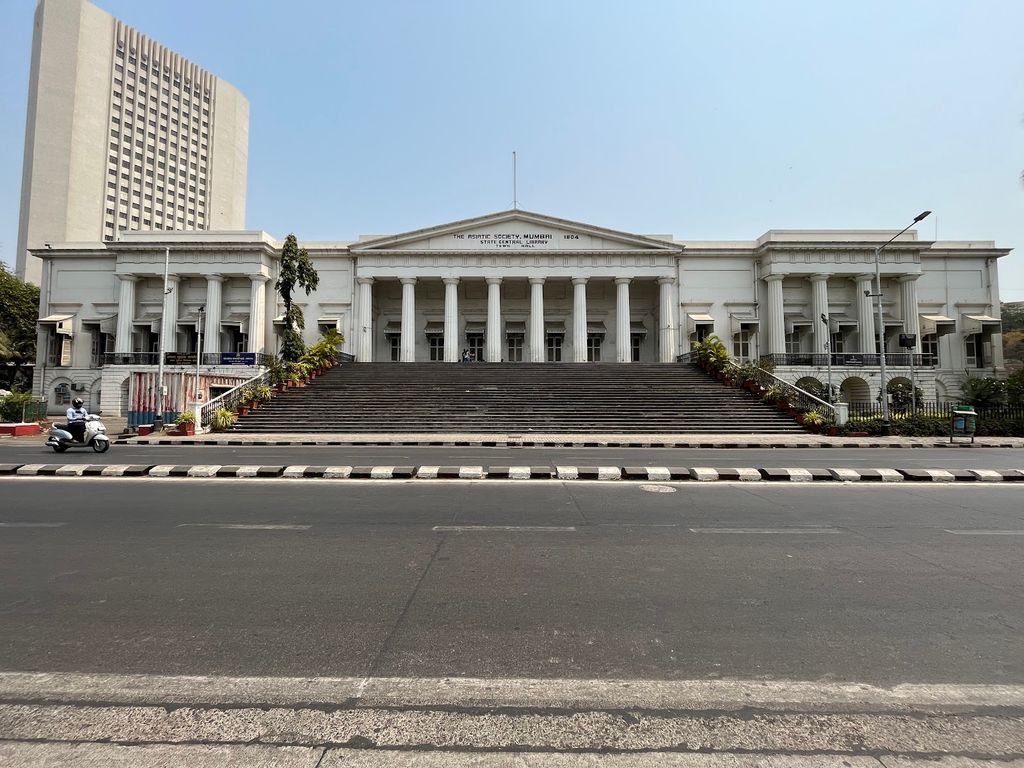
Asiatic Society of Mumbai (Source: Google Maps)
The Asiatic Society of Mumbai, founded in 1804, is a premier cultural institution known for its impressive neoclassical architecture and rich collection of manuscripts, books, and artifacts. The building features grand columns and intricate detailing, making it one of the most recognizable landmarks in the city. The society has played a significant role in promoting art, culture, and education in Mumbai, housing a vast library that is a treasure trove for researchers and historians. Its collection includes rare texts and historical documents that reflect the diverse heritage of India. The Asiatic Society also hosts various cultural events, lectures, and exhibitions, contributing to Mumbai's vibrant intellectual community. It stands as a testament to the city’s commitment to preserving its rich history.
Chhatrapati Shivaji Maharaj Terminus
Conclude your tour at the UNESCO World Heritage Site, Chhatrapati Shivaji Maharaj Terminus, a stunning example of Victorian Gothic architecture and a bustling railway station.
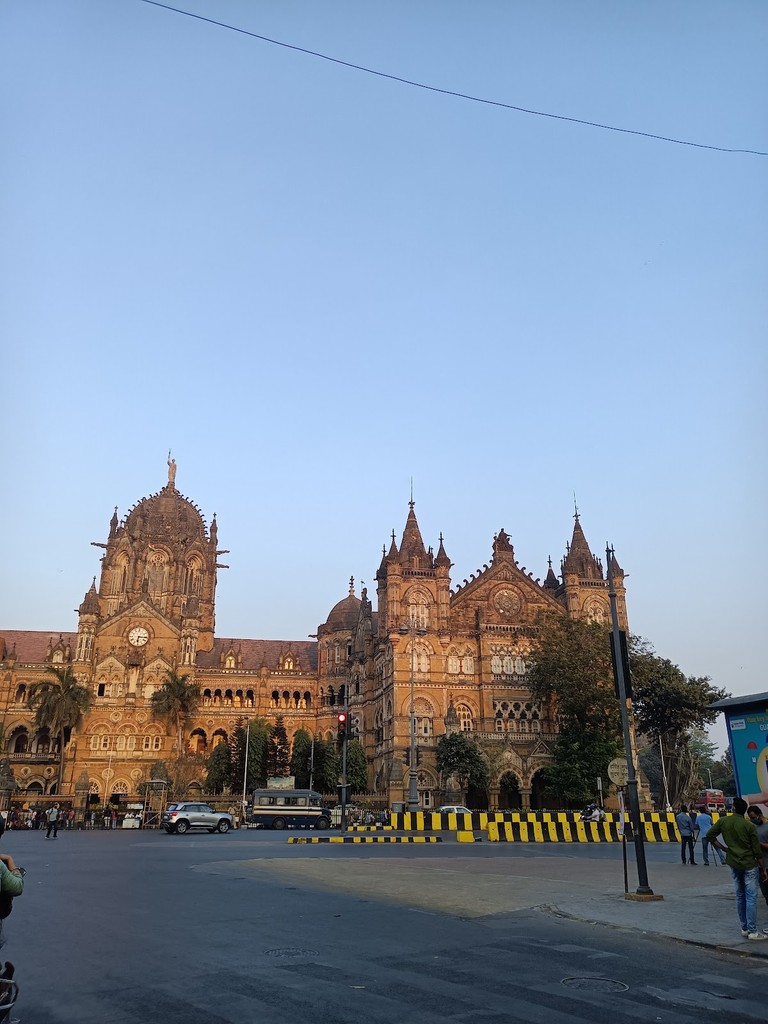
Chhatrapati Shivaji Maharaj Terminus (Source: Google Maps)
Chhatrapati Shivaji Maharaj Terminus, a UNESCO World Heritage Site, is a stunning example of Victorian Gothic architecture and one of Mumbai's busiest railway stations. Completed in 1888, the terminus was designed by architect F. W. Stevens and features a remarkable blend of Indian and European architectural elements. The building is adorned with intricate stone carvings, stained glass windows, and a striking clock tower, making it an architectural masterpiece. It serves as a major transportation hub, connecting millions of commuters daily, and has been a pivotal part of Mumbai's development. The terminus also holds historical significance, having witnessed numerous events throughout India's struggle for independence. Today, it stands as a symbol of Mumbai's resilience and its vibrant urban life.

Your travels, your rules.
Create your own Free Walking Tours.
Set your preferences, distances and anything you want to do or see.
Completely free, no payment required.